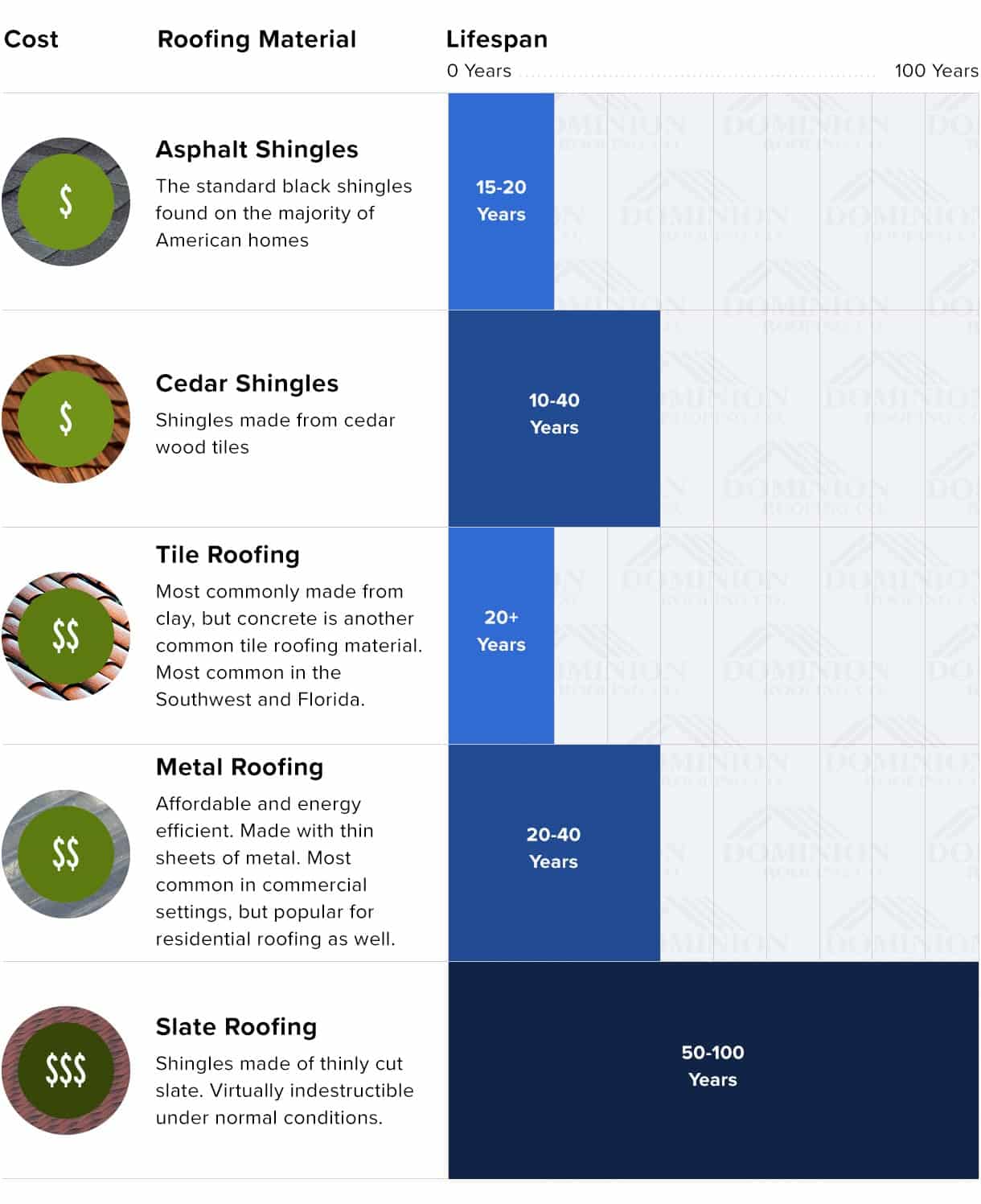Discover Exactly How Various Weather Conditions Affect Your Roof Covering Installment And Guarantee A Task Well Done
Discover Exactly How Various Weather Conditions Affect Your Roof Covering Installment And Guarantee A Task Well Done
Blog Article
Post By-Terry Timm
When it involves roof installations, the climate can make or break the job. Imagine the frustration of dealing with products that won't comply because of severe warmth or battling slippery surface areas brought on by unanticipated rain. Comprehending the impact of weather on your roofing task is important for a successful end result. So, allow's discover just how different weather condition components can affect the top quality and sturdiness of your roof installation, guaranteeing a task well done.
Influence of Temperature on Roofing System Installment
When it involves roof installation, temperature level plays a critical role in the process. The optimal temperature level for roof projects commonly drops between 45 and 85 degrees Fahrenheit. Extreme warmth can create products like shingles to become as well flexible, resulting in prospective damage throughout installment. On the other hand, cold temperatures can make materials brittle and vulnerable to breaking. https://archive.curbed.com/2016/9/27/12830392/green-roof-installation-design-private-home is very important to arrange roof covering setups during modest temperature levels to make sure the best outcome.
During colder weather, professionals may need to take additional precautions such as using heated equipment or permitting materials to warm up prior to installment.
On the other hand, heat may require job to be done previously or later on in the day to stay clear of the peak temperature levels. By considering the temperature and its results on roof covering materials, you can aid guarantee an effective setup that will stand up to the components for many years to come.
Effect of Precipitation on Roofing Projects
Roof projects can be substantially impacted by precipitation, impacting both the timeline and the top quality of the installment. Rainfall or snow can create slippery conditions, making it dangerous for roofing professionals to service a damp surface. Furthermore, wetness can compromise the adhesion of products like tiles or underlayment, resulting in possible leakages or problems in the future.
If it rainfalls throughout a roof covering project, the water can permeate right into prone areas, causing hold-ups as the installation team must wait for the roofing system to dry prior to proceeding. Too much dampness can likewise advertise the development of mold and mildew and mold, more jeopardizing the integrity of the roofing system.
To prevent these concerns, it's recommended to schedule roofing tasks during drier periods or monitor the weather forecast carefully to plan around any potential rainstorms. By taking precautions to work in beneficial weather conditions, you can make certain a smoother and a lot more effective roof covering installation process.
Influence of Wind Rate on Installation Success
During roofing setup, the rate of the wind plays an essential duty in identifying the success of the task. High wind speeds can posture significant difficulties to contractors, potentially causing security threats and high quality problems. When wind rates surpass suggested limitations, it becomes difficult to take care of products, enhancing the threat of mishaps and damages to the roof covering products. Solid gusts can additionally affect the accuracy of dimensions and the accuracy required for appropriate setup.
To guarantee an effective roofing installation, it's important to check and take into consideration wind speeds. Ideally, roof covering setup ought to happen on days with low to modest wind speeds. This not just enhances the safety of the employees however also boosts the overall top quality of the setup.
Roof covering tasks arranged during calm weather are more likely to be completed effectively and with fewer errors. By taking notice of wind rate projections and preparing as necessary, you can aid guarantee a smooth and successful roofing installment procedure.
Final thought
So, when it comes to roof installation, remember to take into consideration the weather to guarantee an effective task. Ideal temperatures, dry conditions, and moderate wind rates are key elements to focus on for a smooth setup process. By scheduling your task during the very best periods and excellent climate condition, you can achieve a sturdy and long-lasting roof covering that will certainly shield your home for many years to find.
